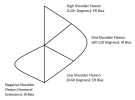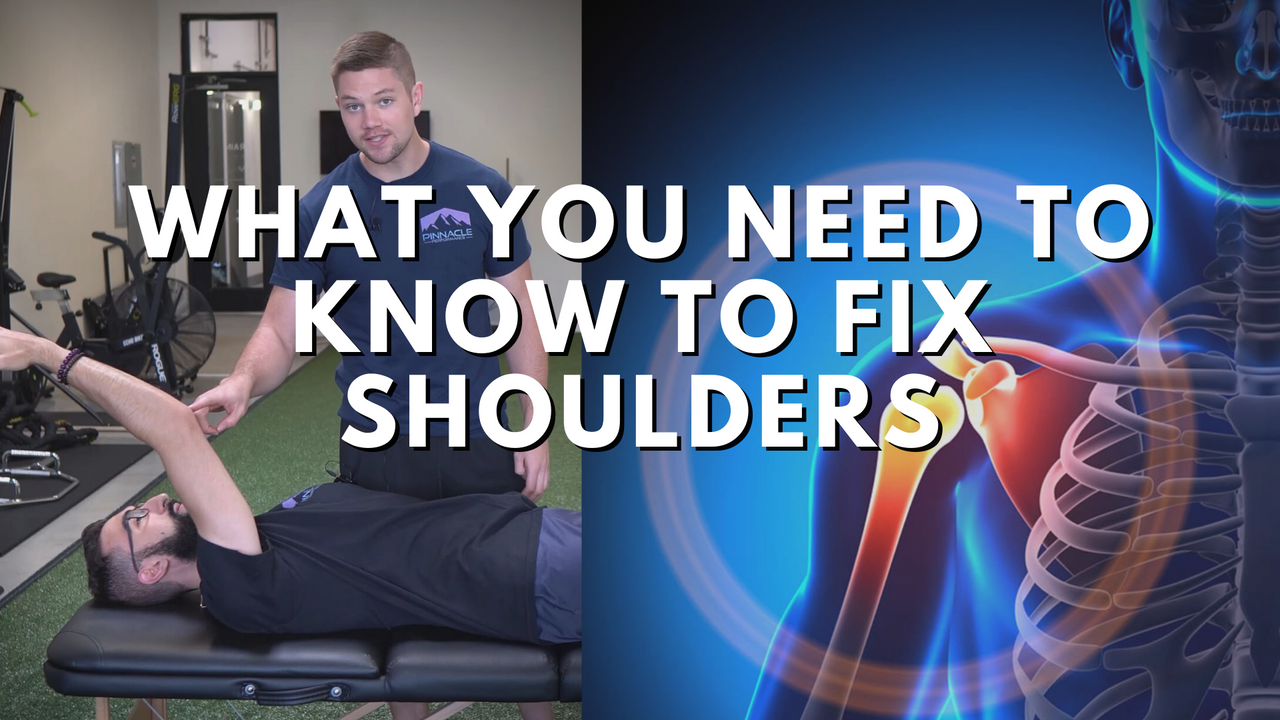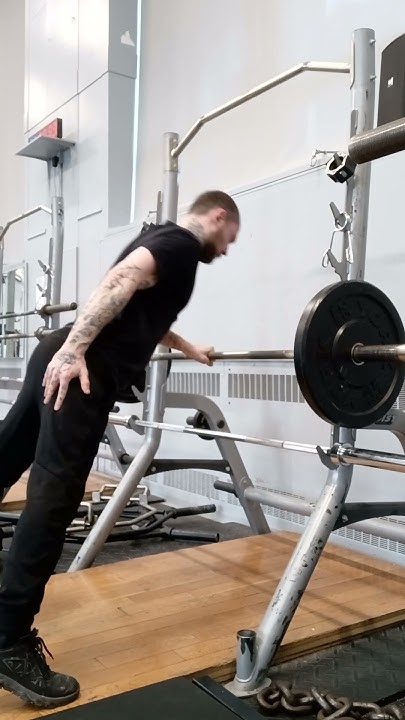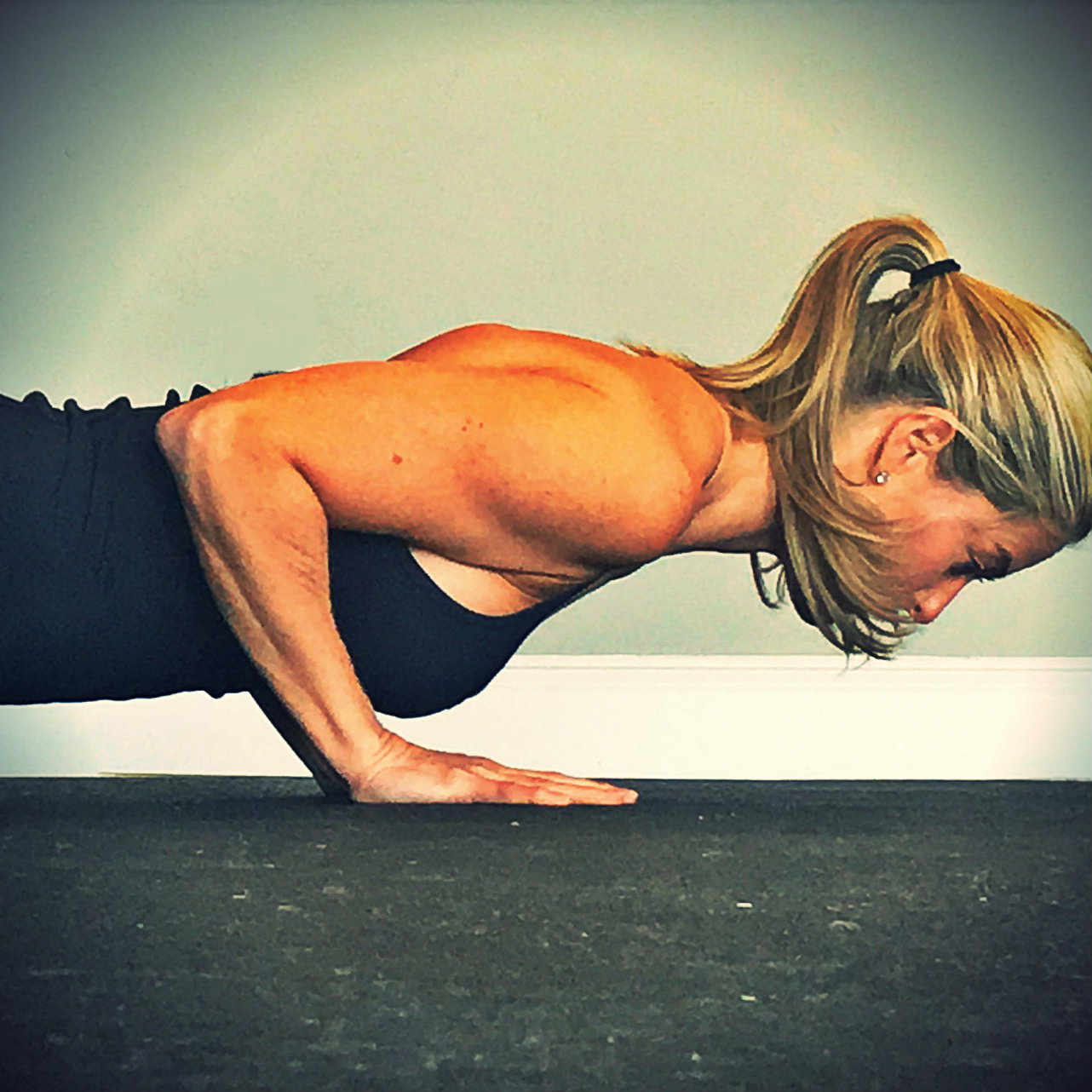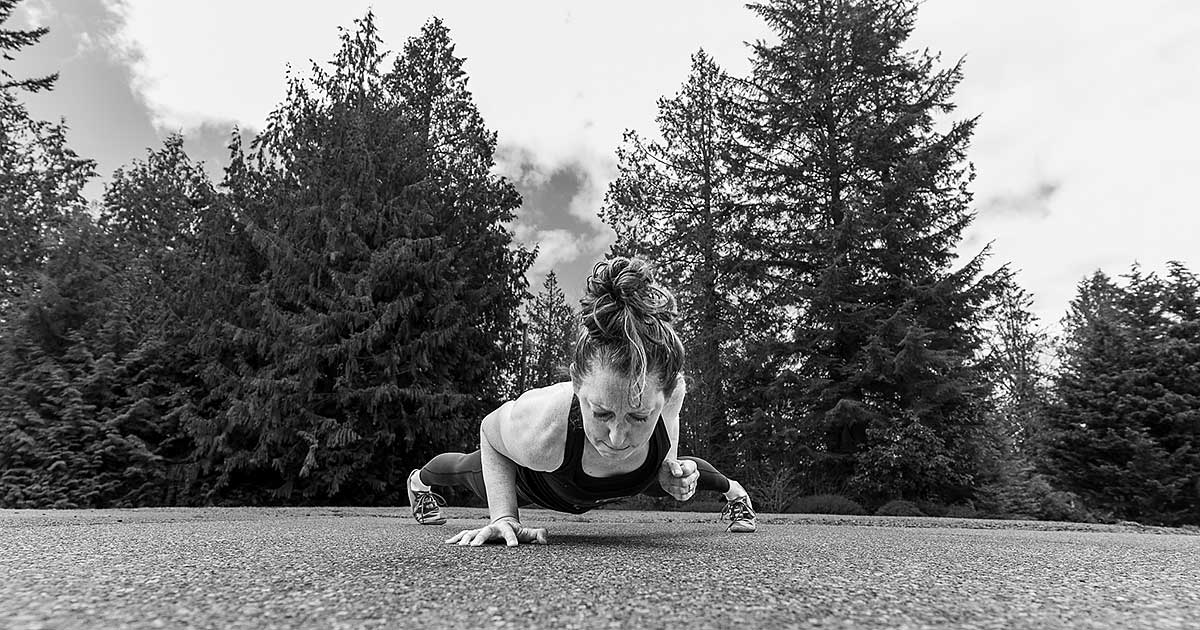LouFenrir
Level 1 Valued Member
Good day everyone,
One year ago, I started training with the Naked Warrior program. I learned the pistol squat in no time, but the OAPU caused me trouble.
I was only at an Elevated OAPU, my hands resting about the height of a standard dinner table. While I was learning that, in parallel with Tom Furman's Armor Of War training, I injured myself on the inside of the forearm, near the elbow. Its been now one year of recovery, and even though its better, I can't seem to get back to my initial strenght without some kind of uncomfort or pain.
To the describe the sensation when this happended the best I can, it was like if my forearm had so much pressure, that everytime that I did a OAPU, the pressure was too high and it caused echoing pain and weakness after the reps. It actually worsen my pull-ups and Deadlift. I couldn't do one without forearm pain. I had to restart to zero.
I've seen physiotherapist (physical therapist?) to give me exercices to strenghent my forearms. They gave wrist curls on both sides, stretches, and planks with two or one arm. I also did some biceps curls, farmers walk, dead hangs, wrist strenghtening.
Its been one year and now I can do more pullups than ever, can do deadlifts, but still can't do OAPU without pain, or uncomfort. Also, my forearm is still sensitive to rough pulls, pushes. If the pressure isntoo much, I will have weakness and pain for 2-3 days.
Does anyone had this kind of experience before? Does someone know any kind of exercice that I am missing that would help be get back my strenght and achieve OAPU? Should I contend myself to do just One arm wall pushups for awhile?
Any recommandations is greatly appreciated.
Thank you for your help,
Charles
One year ago, I started training with the Naked Warrior program. I learned the pistol squat in no time, but the OAPU caused me trouble.
I was only at an Elevated OAPU, my hands resting about the height of a standard dinner table. While I was learning that, in parallel with Tom Furman's Armor Of War training, I injured myself on the inside of the forearm, near the elbow. Its been now one year of recovery, and even though its better, I can't seem to get back to my initial strenght without some kind of uncomfort or pain.
To the describe the sensation when this happended the best I can, it was like if my forearm had so much pressure, that everytime that I did a OAPU, the pressure was too high and it caused echoing pain and weakness after the reps. It actually worsen my pull-ups and Deadlift. I couldn't do one without forearm pain. I had to restart to zero.
I've seen physiotherapist (physical therapist?) to give me exercices to strenghent my forearms. They gave wrist curls on both sides, stretches, and planks with two or one arm. I also did some biceps curls, farmers walk, dead hangs, wrist strenghtening.
Its been one year and now I can do more pullups than ever, can do deadlifts, but still can't do OAPU without pain, or uncomfort. Also, my forearm is still sensitive to rough pulls, pushes. If the pressure isntoo much, I will have weakness and pain for 2-3 days.
Does anyone had this kind of experience before? Does someone know any kind of exercice that I am missing that would help be get back my strenght and achieve OAPU? Should I contend myself to do just One arm wall pushups for awhile?
Any recommandations is greatly appreciated.
Thank you for your help,
Charles

